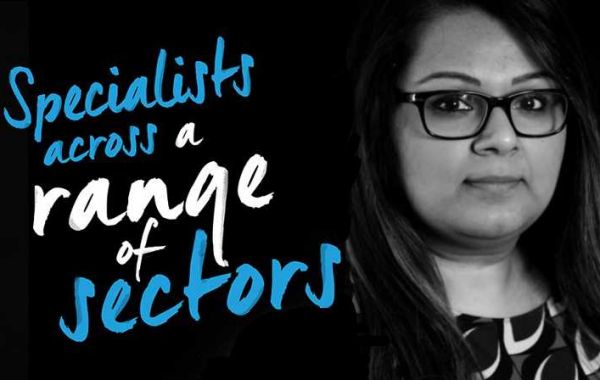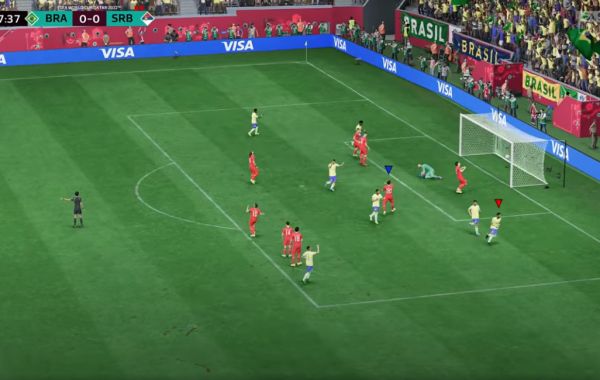The word can be present in the frame in four ways:
- Dialogue. A conversation between two or more people on the screen. An interview, conversation, or lines in a game scene.
- author's text. It's also called an author's text or author's commentary, and usually Transcriberry is used to extract it from the video, so you can get a high-quality author's text. Sometimes the program or movie is accompanied by a commentary of one of the characters from behind the scenes. In some cases, the commentary can be done by several voices.
- Backstage monologue or dialogue. This director's solution corresponds to the situation when the viewer does not see the characters, but hears their voices. They may as a commentary accompany the development of the action in which they do not participate at the moment or participated once before.
- Inner monologue. Often, without saying the words out loud, we reason to ourselves. The on-screen technique of inner monologue simulates just such a situation. The character in the frame is acting without opening his mouth or articulating, but at the same time his voice sounds from behind the frame, he is making remarks, talking to himself or to the partner he's expecting. In the practice of creating films and broadcasts not always in pure form one or another method is used. Sometimes it is possible to combine them. Dialogue can be combined with authorial commentary, internal monologue with direct lines, etc., depending on the director's intent. Music can perform many different functions in screen works. But in the most general sense, music can be divided into only two kinds. us music can be divided into only two kinds.
- Music in the frame. In all variations, when we see the source, the reason for the music on the screen, it falls into this category. It could be an orchestra playing at the moment in the frame, a tape recorder participating in the development of the action of the scene as a prop, a radio, and even the headphones of the player on the hero's head. It is not necessary that the orchestra itself or the musicians be present in all shots of the scene in a row. They may only be shown once in the montage sequence of the image, but the important thing is that the viewer knows what serves as the source of the music. The viewer knows that the receiver or tape recorder is in the space where the action takes place, that they are the ones making the sound.
- .Behind-the-scenes music. Such music is always conditioned by the author's decision and can perform various dramaturgical functions. It may be the author's, which expresses the attitude of the author (the director) toward the action taking place. It may be an expression of the character's feelings. It can create the viewer a certain mood and can perform a dozen other directorial tasks. Entire books have been written about music on screen. It's a big topic in its own right








